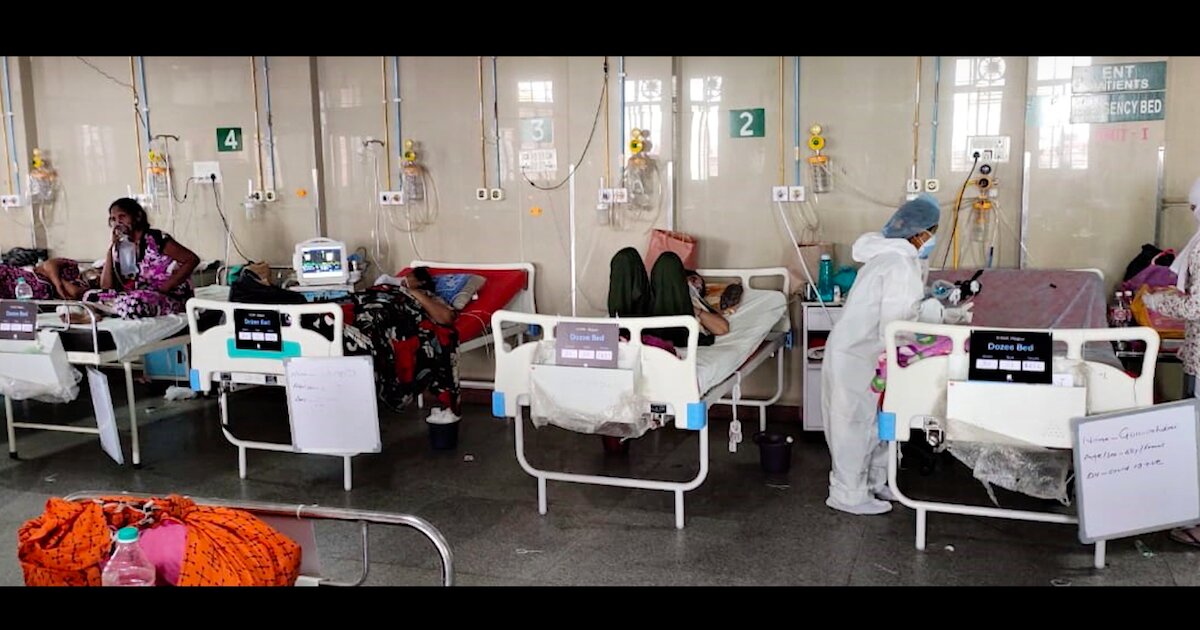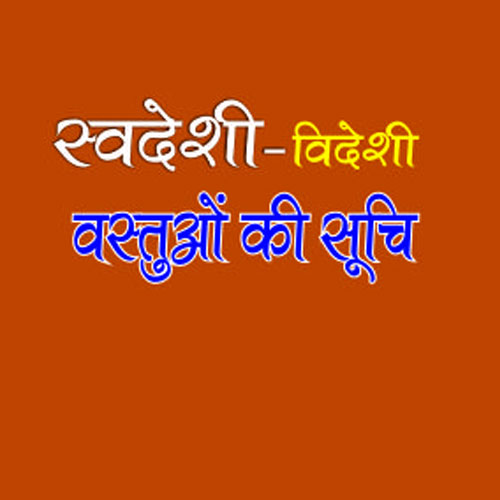
Welcome improvement in public health facilities
Given the pace at which private expenditure is coming down in India, it can be hoped that the country will soon be able to stand up to the level of at least middle income countries. — Dr. Ashwani Mahajan
The period of liberalisation, privatisation and globalisation (LPG) has consistently affected government expenditure on social services. Among the social services, worst affected have been the education and health. It is notable that in 1990-91, total public expenditure on health (which included medical and public health, family welfare, water supply and sanitation, nutrition, child and welfare of disabled) was 2.36 per cent of GDP. Although, public education and health institutions had never been excelling, in the pre-LPG era, these facilities were largely kept at the heart of government policy making. With the advent of privatisation under LPG policies, people were largely left at the mercy of market forces for education and health. Although data on out-of-pocket expenditure on health in the pre-LPG era is not readily available till the year 2000, it is believed that people especially poor used to spend very little from their pocket, on health services. If we talk about health, naturally the treatment of diseases has always been the top priority for any family or individual. If government health services are lacking, people are forced to spend, out of their pockets on health services. People's out-of-pocket expenditure on health facilities increased not only quantitatively but also as a percentage of total expenditure on health. It is worth noting that in 1991, government expenditure on health, which also included many other services, was 2.36 percent of GDP, by 2013-14 the total expenditure on health had declined to 1.15 percent and on the other hand, people's out-of-pocket expenditure on health reached 2.6 percent of GDP in 2013-14. It is worth mentioning, that by 2013-14, out-of-pocket expenditure on health reached 64.2 percent of total health expenditure. Decline in public expenditure on health as a percentage of GDP and the consequent deterioration of the condition of public health facilities, the proliferation of private hospitals and nursing homes, and growing awareness and concern about health among the general public, including the underprivileged; was responsible for rising out of pocket expenditure on health.
The disproportionate reduction in government spending on health has also been a matter of great concern for the country, as due to the poverty prevailing in the country, people do not have enough money for treatment, due to which they have to either borrow huge amounts of money or sell their belongings to spend on private health facilities. After coming to power, the Ministry of Health and Family Welfare in the Narendra Modi government said in a statement in January 2015, "630 lakh people are pushed into poverty every year due to "catastrophic" spending on health care, which neutralizes the benefits of various government schemes aimed at reducing poverty and increasing incomes." This problem is not limited to India, rest of the world is equally affected by it. A recent WHO study published in the British Medical Journal (BMJ) said, “A growing number of people in Europe and Central Asia are spending so much on healthcare that they do not have enough money for their other essential needs – what is called ‘catastrophic health expenditure’, which occurs when a family’s out-of-pocket payment exceeds a certain level of paying capacity. And it is becoming more and more common.”
But what is a matter of satisfaction in India is that according to recently released data, over the years, private out-of-pocket expenditure as a percentage of total expenditure on health has come down from 64.2 percent in the year 2013-14 to only 39.1 percent by the year 2021-22, and at the same time, government expenditure has increased from 28.6 percent in the year 2013-14 to 48 percent in 2021-22. If we look at it from the other side, it is found that government expenditure as a percentage of total expenditure on health has increased from a mere 1.15 percent in 2013-14 to 1.9 percent now.
How was this made possible?
Out-of-pocket expenditure on health has come down drastically due to several reasons, the most important reason for this is the introduction of a public health insurance program called Ayushman Bharat Pradhan Mantri Jan Arogya Yojana. Under this scheme, Ayushman cards are issued to the eligible population. Currently, there are about 35 crore beneficiaries of this scheme. Ayushman Bharat card holders are provided assured treatment up to Rs 5 lakh. However, only treatment of indoor patients (IPD) is covered under this scheme, and outpatient (OPD) services have not been included under this scheme yet. Apart from this, the government has also started many programs for primary health care, which are also helping in reduction of out-of-pocket expenditure on health.
Ayushman Bharat Pradhan Mantri Jan Arogya Yojana has recently been expanded to include citizens above 70 years of age, so that they can be provided comprehensive health facilities. This means that all senior citizens aged 70 years and above, irrespective of their income group, will now be eligible for the benefits of Ayushman Bharat Pradhan Mantri Jan Arogya Yojana. Extending this scheme to senior citizens above 70 years of age will further reduce private out-of-pocket health expenditure and also increase the proportion of public expenditure on health. It is worth noting that the government has set a target of taking public expenditure on health to 2.5 percent by the year 2025.
Rising to the level of middle income country
It has to be understood that there was a time, when out-of-pocket expenditure had reached almost 70 percent of the total expenditure on health (in 2012-13); and the government's expenditure on health was only 1.15 percent of the GDP, whereas now with the expenditure from private pocket reaching 39.1 percent and government expenditure on health reaching 1.9 percent of GDP, India is now reaching the level of those select countries of the world which fall in the category of middle income group and upper middle income group. It is worth noting that according to the World Bank data in the year 2021, the out of pocket expenditure on health in upper middle income countries was an average of 31.37 percent of the total expenditure on health, in middle income countries it was about 34 percent. Given the pace at which private expenditure is coming down in India, it can be hoped that the country will soon be able to stand up to the level of at least middle income countries.


